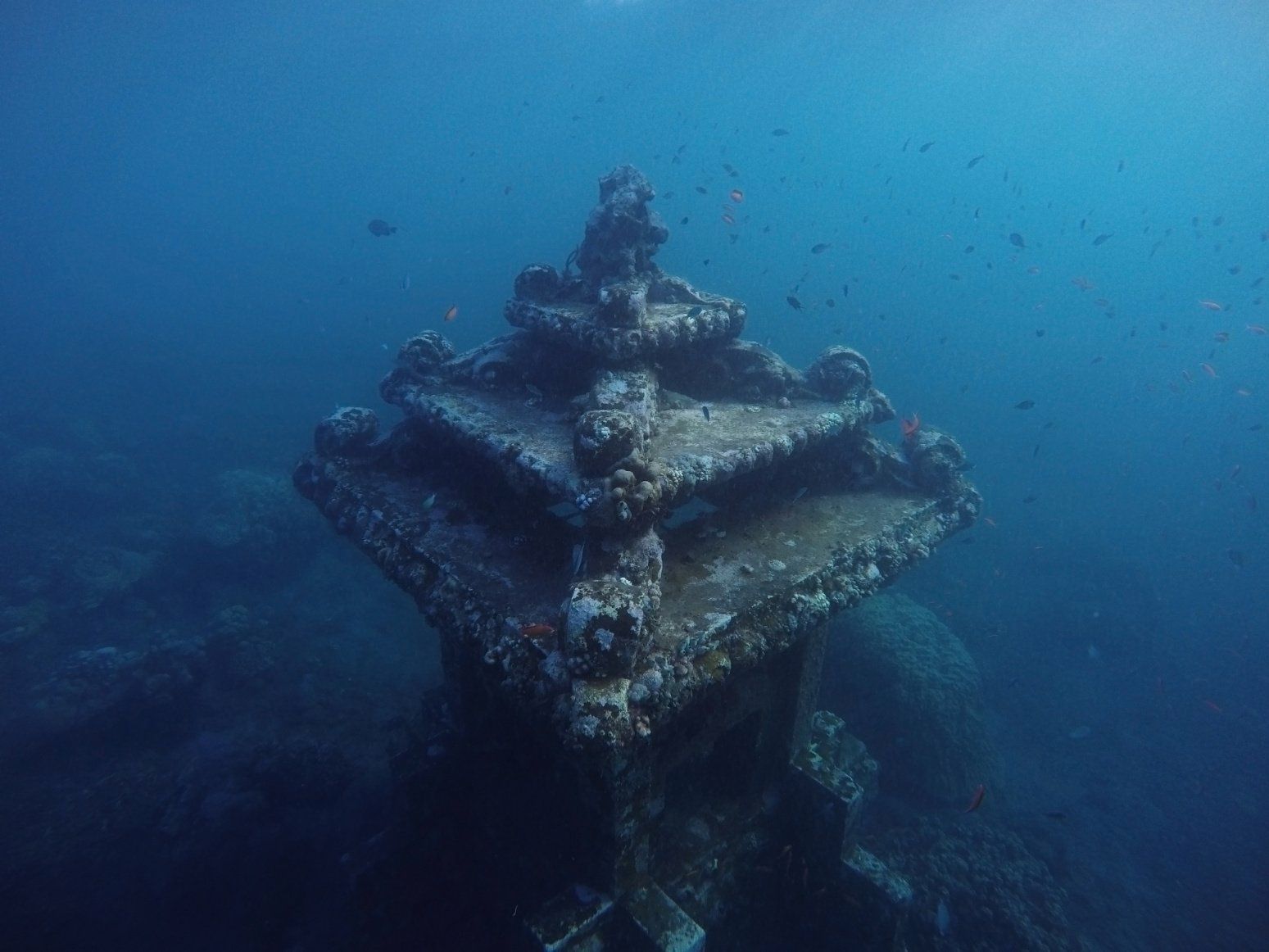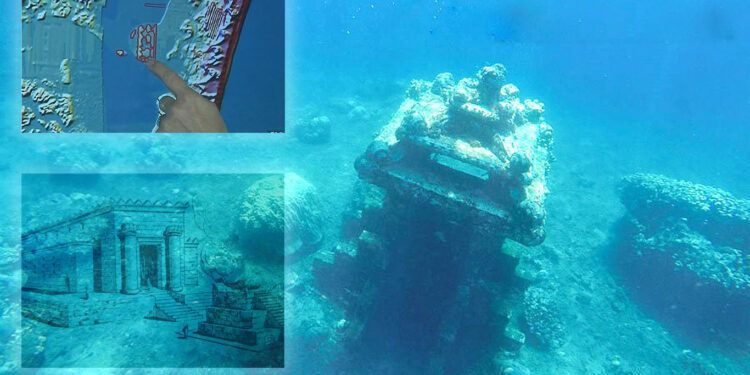Archaeologists Unearth Possible Lost ‘Temple of Hercules’ in Spain
The long-lost Temple of Hercules Gaditanus, a revered site in ancient history, has captured the imagination of archaeologists for centuries. Visited by prominent figures like Julius Caesar and Hannibal, its whereabouts have remained a mystery. However, a team of archaeologists in Spain now presents a compelling argument that they may have finally discovered the elusive temple in the Bay of Cádiz.
Unlike most archaeological discoveries made through ground excavation, this potential temple was identified from the air. Ricardo Belizón, a graduate archaeology student at the University of Seville, noticed an intriguing outline while studying topographic models. He came across an intriguing submerged structure in the Caño de Sancti Petri, within the Bay of Cádiz, measuring approximately 1,000 feet in length and 500 feet in width.
While Belizón initially sought to uncover the ancient coastline of Cádiz, he might have stumbled upon the Temple of Hercules instead. The underwater ruins bear resemblance to what archaeologists and historians know about the lost temple. Francisco José García, the director of the Department of Prehistory and Archaeology at Seville University, acknowledged the significance of these findings, even though researchers typically avoid turning archaeology into a spectacle.
According to Belizón’s research, the coastline in the region looked vastly different thousands of years ago. His findings suggest that the bay once featured a transformed coastline, hosting a large building, breakwaters, moorings, and an inner harbor. The altered coastal landscape aligns with historical accounts of the Temple of Hercules, described as an area influenced by the changing tides and associated with seafaring activities.
Milagros Alzaga, the head of the Andalusian Institute’s Center for Underwater Archaeology, emphasized that the combination of documentary sources, archaeological information, and digital models of the site supports the possibility that this could be the legendary temple of Hercules.
While the site is yet to be excavated, archaeologists are thrilled by the prospect of discovering the Temple of Hercules. So why is this temple such a significant find? Initially built to honor the Phoenician god Melqart, the temple later came to represent Hercules during Roman rule. Hercules, the half-human son of Zeus, possessed immense strength and was revered as a deity associated with strength and heroes.
Ancient accounts describe the Temple of Hercules as featuring two large columns at its entrance, an eternal flame, and artwork depicting the “Labors of Hercules.” Notably, the temple attracted influential figures such as Julius Caesar, who was moved to tears upon seeing a statue of Alexander the Great, and Hannibal, who expressed gratitude for his military triumphs at the temple.
Considering the temple’s historical significance, the potential discovery is a thrilling one for archaeologists. However, some remain skeptical. Antonio Monterroso-Checa, an archaeology professor at the University of Cordoba, previously proposed an alternative theory regarding the temple’s location and dismisses the recent research as a “triangulation error.”
With ongoing investigations and the anticipation of future excavations, the true identity of the submerged structure in the Bay of Cádiz will be revealed. If confirmed as the Temple of Hercules Gaditanus, this discovery would undoubtedly mark a monumental achievement in the field of archaeology, shedding new light on an ancient sanctuary that captivated the imagination of both ancient and modern civilizations alike.
Hits: 0






